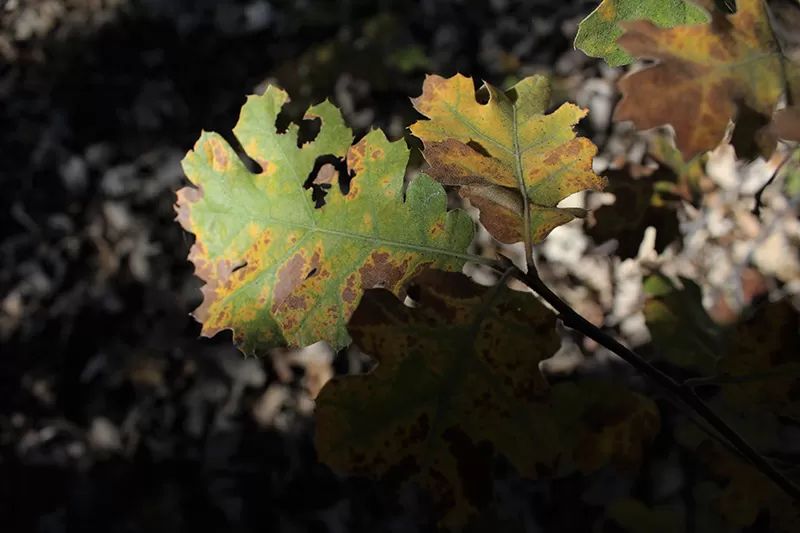
How to Treat a Sick Tree: Take the Right Measures with This Guide
When it comes to diseases, trees are no exception. That’s why today we’ll show you the right way in how to treat a sick tree.
Not only is it vital to know about sick tree treatment, but also you should know the main reasons why trees get ill and their top signs of sickness. By knowing these factors, you’ll be able to prevent any ailing tree in your backyard.
How Do Trees Get Diseases?
Trees, just like any living creature, are susceptible to any type of disease. For that reason, many factors might make your tree sick. Some of these include:
- Insects and pests
- Bacteria
- Fungi
- Environmental stress
- Viruses
- Human activity
Additionally, it’s vital to bear in mind that sunlight can cause your trees to become sick as well. This case is especially true when sunlight is too strong; thus, it can damage your tree.
Of course, each disease produces different symptoms. However, we’ll go over the most common signs of sickness further on in this article.
Is My Tree Dead? Here Are the Main Sick Tree Symptoms
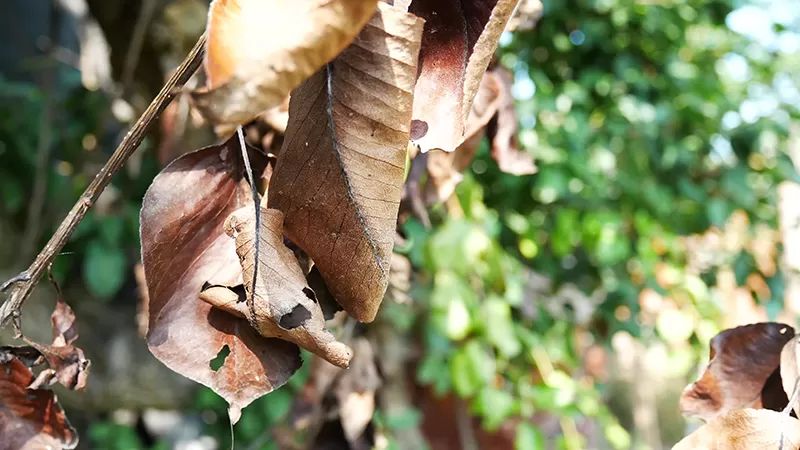
For you to learn how to treat a sick tree, you must first observe your tree’s sickness signs.
There are many things you should definitely check out with monitoring your tree’s condition. After all, homeowners should take action as soon as possible when their tree counts on any kind of sickness. That way, you’ll be able to prevent your trees from an early death.
How to Check if Your Tree’s Healthy?
These are some of the main sick tree symptoms that most common tree diseases bring:
- Dark spots on leaves
- Your tree’s leaves have odd colors or deformedshapes
- Insects are attacking your tree in summer and spring
- Your tree only has half of its leaves
- Unstable structure
- Dead branches
As stated beforehand, by pinpointing the specific symptoms your tree might be presenting, you can find out its ailment. For instance, when a tree is overwatered or dehydrated, it starts to show discolored yellow leaves during spring and summer. On the other hand, when it starts to have bleeding points in its trunk, then it’s probably that your tree can have a fungal infection.
What Should You Do? Top Tips in How to Treat a Sick Tree
Caring for your trees is key for any homeowner. That’s why today we’ll show you six ways you can take care of your trees. This sick tree treatment can help you cure most tree diseases.
Here’s how to treat a sick tree:
- Don’t put weed fertilizer near your tree’s root zone.
- Stop using pesticides.
- Don’t overmulch.
- Hand trim exposed roots instead of using your lawnmower.
- Water your trees when there hasn’t been any rain recently.
- Properly prune your trees.
Let’s go over each of these:
Don’t Put Weed Fertilizer Near Your Tree’s Root Zone
Don’t put weed fertilizer near your tree’s root zone. Not only can it harm your tree’s condition, but also it can pose a threat to the environment.
Fertilizers can many times be washed off by rains or when you water them. This can help them make their way to near water sources, thus contaminating them with nitrogen and other toxic ingredients.
Also, when using too many fertilizers, your trees become dependent in the long-run. Not only that but also it can many times kill beneficial organisms that make your trees naturally healthy.
Stop Using Pesticides
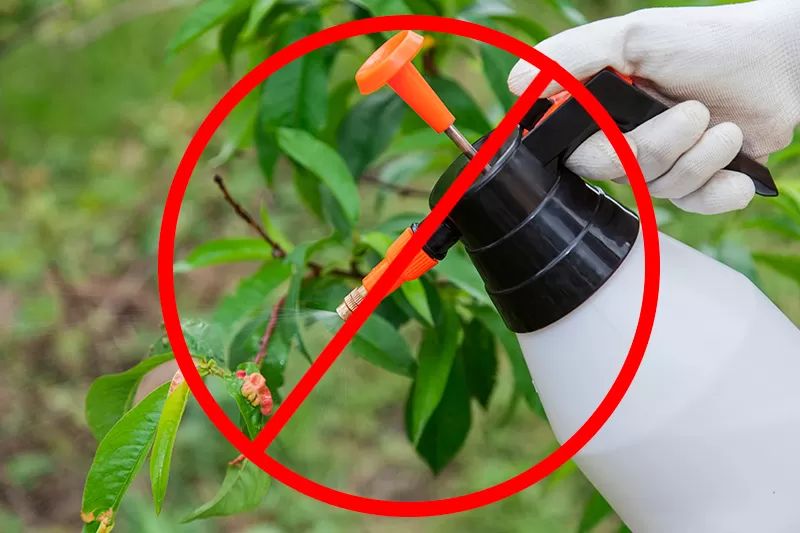
Herbicides and pesticides are often sold out as the primary solution for your tree’s pest infestation. However, pesticides are dangerous. According to Pennsylvania State University, pesticides can turn to be harmful to human beings and other living organisms.
The level of harm a pesticide can bring to your home rises as the level of toxicity of the product. In other words, the more toxic the pesticide is, the higher the risk.
For this reason, it’s always best to leave the use of pesticides to professional arborists. This way, you can be sure that no one will be harmed, as well as your tree pests will be handled correctly.
Don’t Overmulch
Don’t overmulch. When you apply too much mulch to your trees, you can harm them instead of helping them. For instance, your tree’s roots can grow into the much and turn them into stem girdling roots. In other words, your tree will have dysfunctional roots that can potentially kill it.
Additionally, it can make it difficult to see any potential decay or dead spots your lower trunk may present, not to mention its major roots as well. This decay and ultimately lead to an unstable tree.
When mulching, try to leave some space between the mulching and your tree’s trunk. That way, you’ll allow it to breathe. Not only that but also you’ll prevent potential rotting as well.
Hand Trim Exposed Roots
Hand trim exposed roots instead of using your lawnmower for your trees and shrubs. Lawnmowers can severely damage your tree’s roots, as well as trenching and digging. For this reason, we highly recommend you to hand prune your tree’s roots.
By pruning your roots, you encourage your tree to grown new roots. Not only that, but you also eliminate roots that pose a threat to your tree’s health.
To prune your tree’s roots, you’ll need first to dampen the soil that’s around your tree. Then, proceed by loosening the soil’s top layer with a hand trowel carefully. After that, start trimming the end of roots that need pruning by making clean cuts. Beware not to trim roots that have a diameter that’s larger than a fist.
Water Your Trees During Droughts
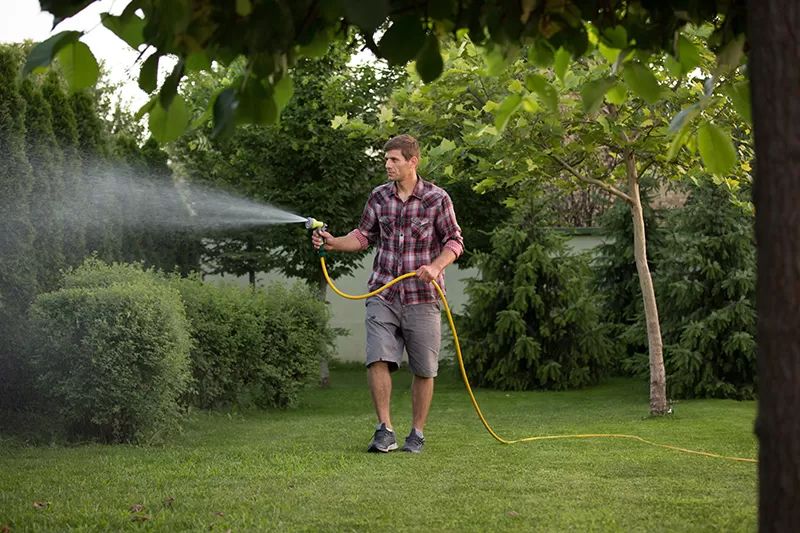
Water your trees when there hasn’t been any rain recently. Droughts tend to be quite common during the summer. With scarce water supply, homeowners should be mindful of the amount of water their using.
By watering your trees, you prevent permanent damage. Also, consider using recycled water for when it comes to landscaping purposes.
Your tree’s watering needs might vary depending on its species and its age. Generally speaking, young trees more watering than mature trees. To be more specific, most mature trees can last up to a month without watering if you deep water them.
Newly planted trees, on the other hand, need to be deeply watered weekly with at least 5 gallons of water. The reason for this is because their need for water is much greater than mature trees.
Lastly, beware of common drought stress signs in trees. Some of these are:
- Leaves become yellow and begin to wilt.
- Trees are starting to lose their leaves.
- Cracks are starting to appear in the bark.
- Your tree starts to grow at a slower pace.
- Wounds can’t be healed.
Properly Prune Your Trees
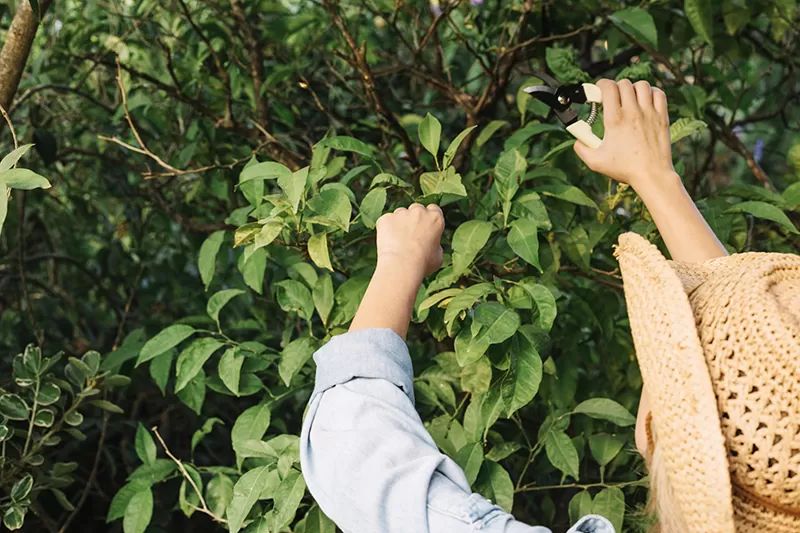
Proper pruning is essential when it comes to tree care. After all, when incorrectly pruning, you make your tree vulnerable to any sort of illness, not to mention pests as well.
When you prune your trees, you encourage new growth, as well as prevent decay. Last but not least, you make your trees structurally sound.
Make sure that tree trimmings focuses on removing dead branches. Also, you should aim at eliminating crossing branches, as well as having a canopy lift.
Finally, you should aim to prune your trees at the best time possible. This usually is around late winter or early spring. If you want to learn more about when it’s the best time to trim your trees, we invite you to read our article!



